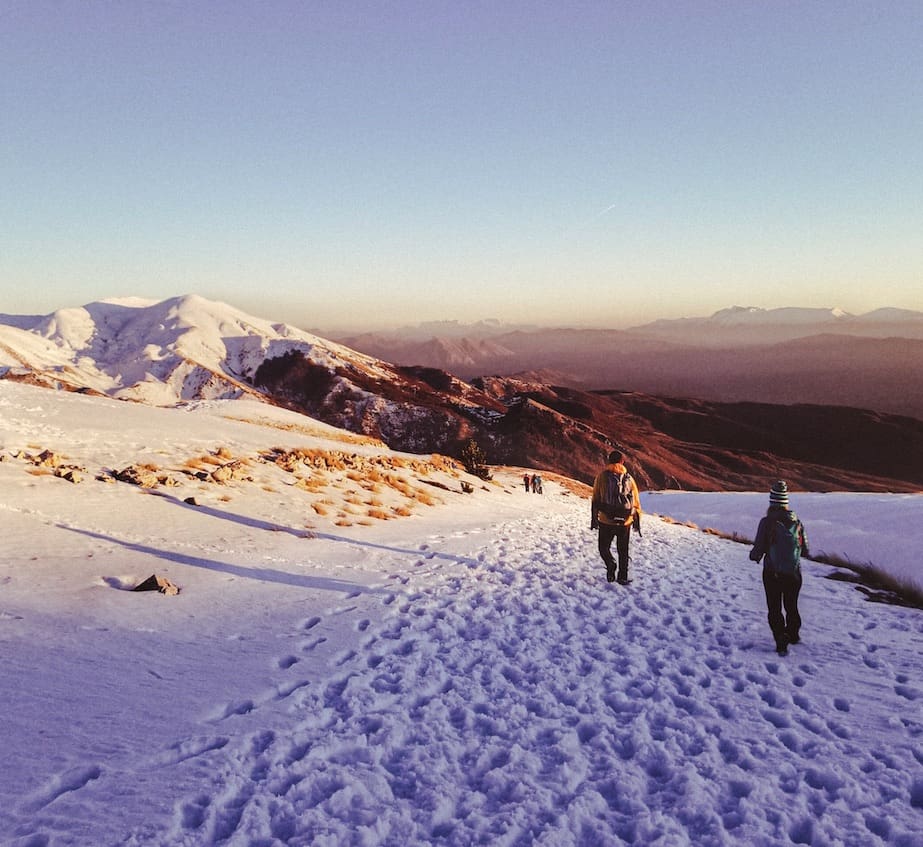Welcome back to The Code of Style, and this feature about Planning a Hiking Expedition in The Snow.
A hiking expedition in the snow can be a great adventure, but planning a successful trip is important. This article will discuss six integral aspects of planning a hiking expedition in the snow. These include choosing the right location, packing correctly, preparing your gear, understanding the weather conditions, staying safe while hiking, and being aware of potential hazards.
Following these tips ensures that your next hiking expedition is an enjoyable and safe experience.
Planning a Hiking Expedition in The Snow: Here’s 6 Integral Aspects of a Successful Trip
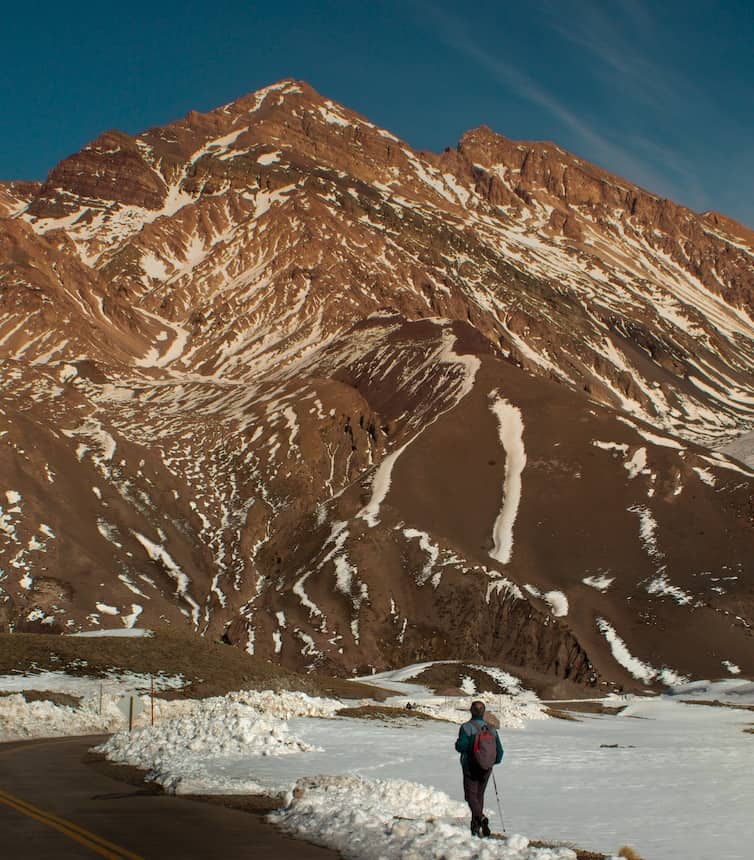
Choosing the right location.
When choosing a location for your hike, it’s essential to consider the difficulty level you’re comfortable with. If you’re new to hiking, starting with a more accessible trail is best. Once you’ve gained some experience, you can try more challenging routes. It’s also important to consider the distance of the hike. If you’re not used to hiking long distances, it’s best to start with a shorter trail and work your way up.
Another factor to consider when choosing a location is the type of terrain. Some trails are more complicated than others because of the terrain. For example, a trail with lots of rocks and roots will be more challenging than a smooth, flat trail. So, when choosing a location, research the terrain so you can be prepared for what you’ll encounter on the hike.
Packing Properly
Packing for a hiking expedition in the snow differs from packing for a hike in other conditions. In addition to your regular hiking gear, you’ll need to pack some extra items to keep you warm and dry. Some of the essential things that you should bring on a hike in the snow include:
• Extra layers of clothing: It’s essential to dress in layers when hiking in the snow. You might start feeling warm, but your body will cool down as you hike. You can take off or add clothing as needed by dressing in layers to stay comfortable.
• Waterproof boots: Your shoes will get wet while hiking, so it’s important to wear waterproof boots as well as thermal socks. This will help to keep your feet warm and dry.
• A hat and gloves: Protecting your head and hands from the cold weather is essential. A hat will help keep your head warm, and gloves protect your hands from the cold and from getting cuts or scrapes.

• A first-aid kit: It’s always a good idea to bring a first-aid kit on any hike, but it’s imperative when hiking in the snow. If you fall or get hurt, you might not be able to get help right away. A first-aid kit can help to keep you safe until you can get medical assistance.
Preparing your Gear
No matter what kind of hiking expedition you’re embarking on, there are certain items that you’ll need to bring along. For a day hike, you’ll need clothing and footwear appropriate for the weather conditions and some snacks and water. For a multi-day hike, you’ll need to pack all of your food and gear in a backpack and have the proper clothing and footwear. If you’re planning on winter camping, you’ll need to bring a tent, sleeping bag, and other gear designed for cold-weather camping.
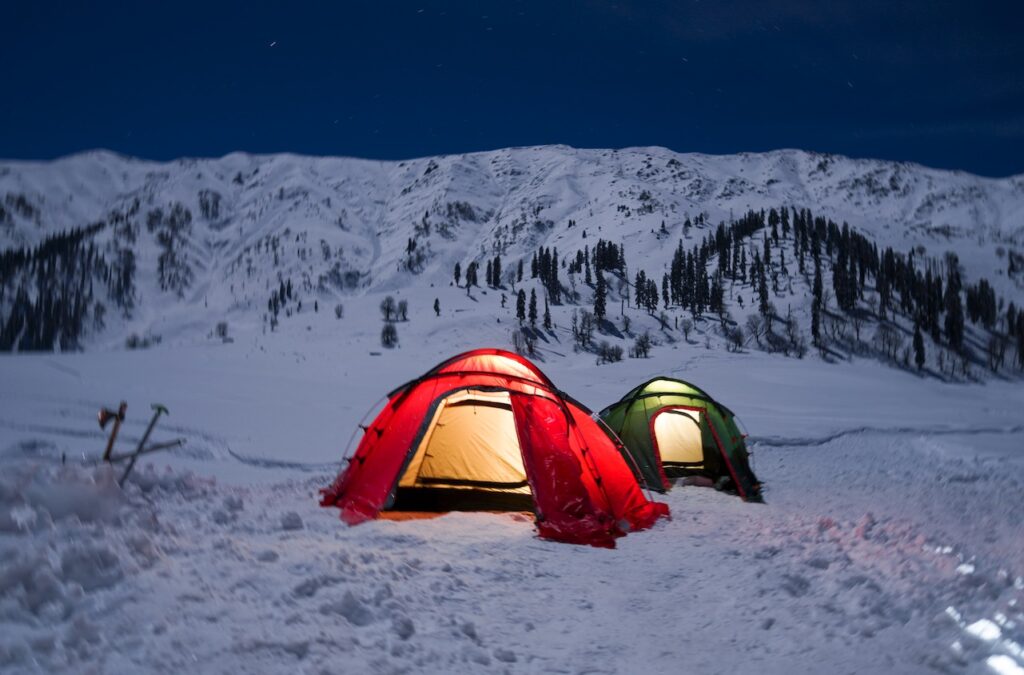
Checking the Weather
Weather conditions can significantly impact your hike, so it’s important to check the forecast before you head out. If the conditions are going to be bad, it might be best to postpone your hike or choose a different trail. Some of the things that you should look for in the forecast include the following:
• Temperature: The temperature will significantly affect how comfortable you are on your hike. If it’s going to be very cold, you might want to consider postponing your hike.
• Precipitation: Snow, rain, and sleet can make hiking more complex and less enjoyable. If the forecast calls for precipitation, you might want to consider changing your plans.
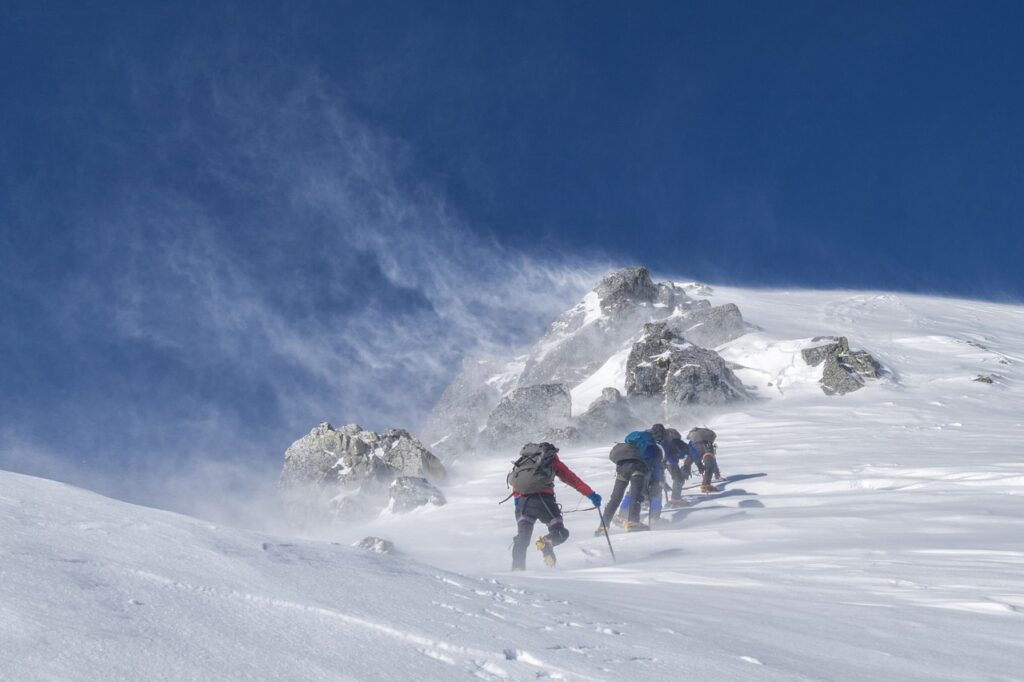
• Wind: Strong winds can make hiking more difficult and create dangerous conditions. If the forecast calls for strong winds, you might want to consider postponing your hike or choosing a different trail.
Being Mindful of Your Surroundings
When hiking in the snow, it’s important to be aware of your surroundings. This will help you to avoid hazards, such as steep drop-offs or slippery surfaces.
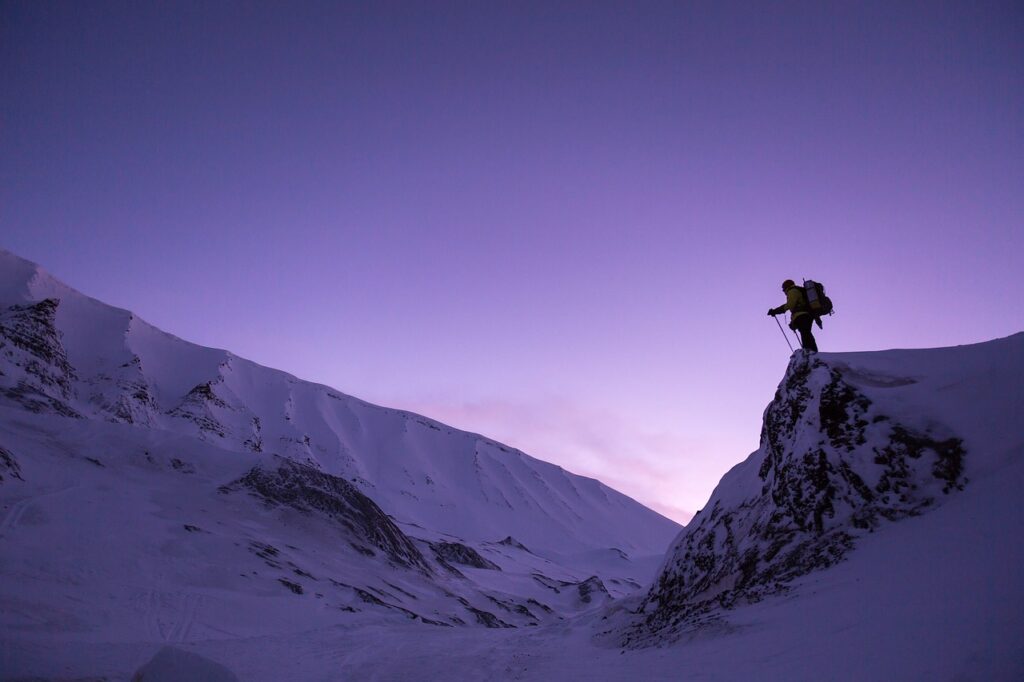
It’s also important to be mindful of wildlife. Some animals, such as bears, can be more active in winter. If you see an animal, it’s best to leave it alone and give it a wide berth.
Knowing Your Limits
Hiking in the snow can be more challenging than hiking in other conditions. If you’re not used to hiking in the snow, starting slowly and building up your endurance is essential. Choose shorter hikes at first, and gradually increase the length of your hikes as you get more experience. It’s also important to know your limits regarding cold weather. If you feel too hard, it’s best to turn back and head for warmth.
There are a few things to remember when planning a hiking expedition in the snow. By following these tips, you can help ensure your hike is safe and enjoyable.
We hope that you have found this article about Planning a Hiking Expedition in The Snow: Here’s 6 Integral Aspects of a Successful Trip helpful, and you can have a look here for more of our travel features.
I’m Julia, the Senior Managing Editor and I can’t wait to share some more articles with you again soon! In the meantime you can find more style, lifestyle and travel inspiration on “The Velvet Runway” .
Thank you for reading

Website: The Velvet Runway , Instagram : @thevelvetrunway


